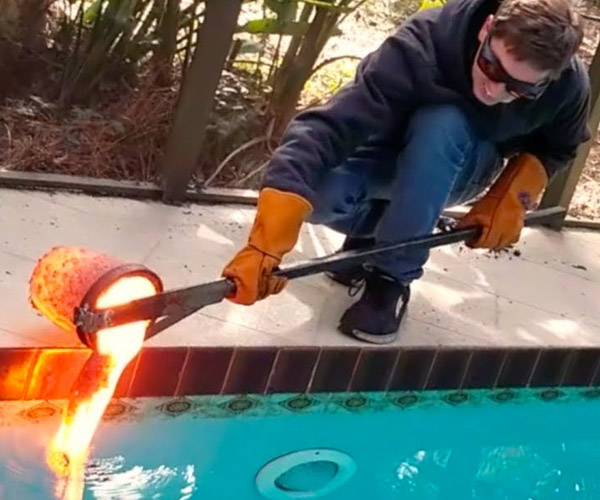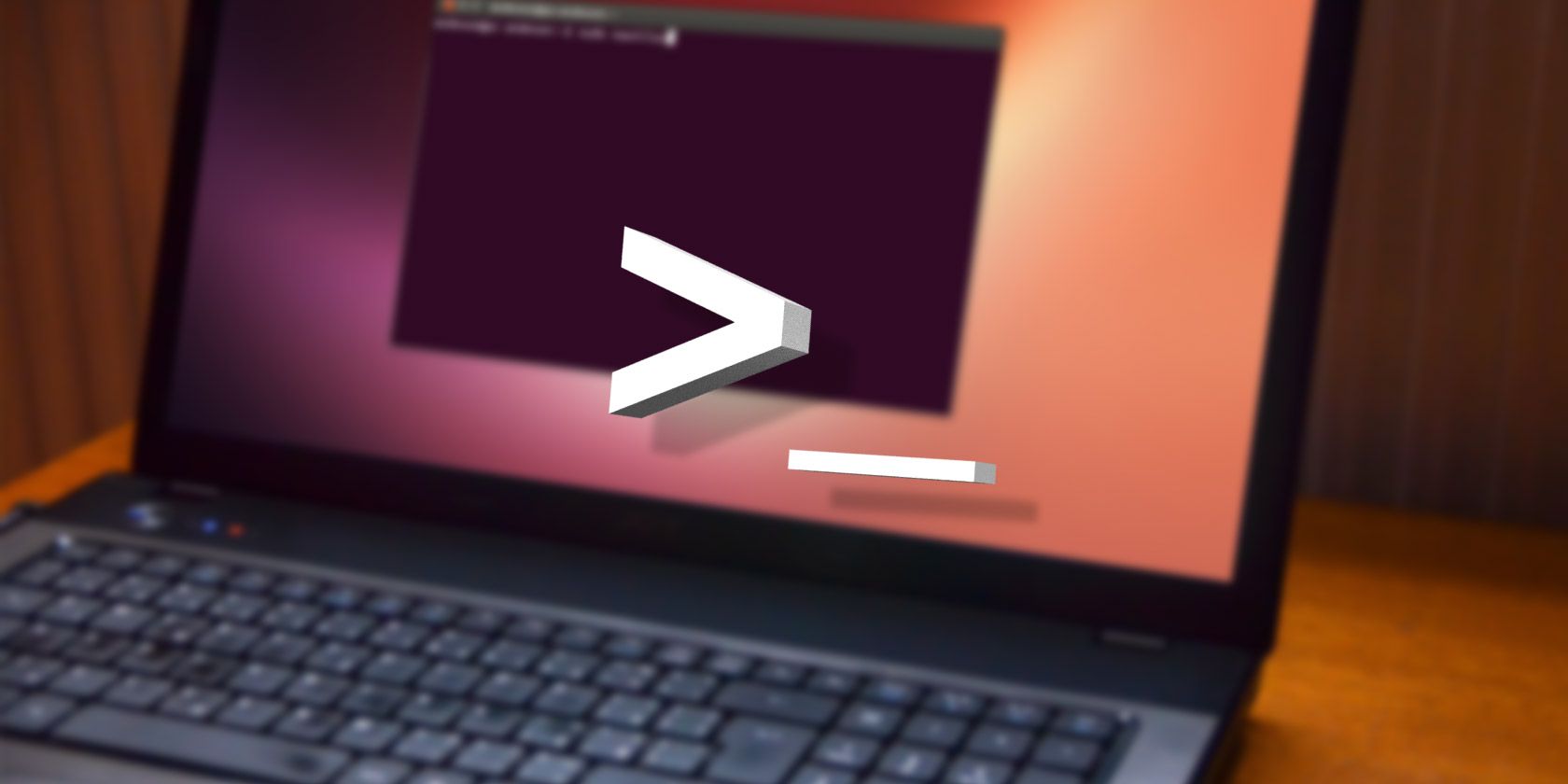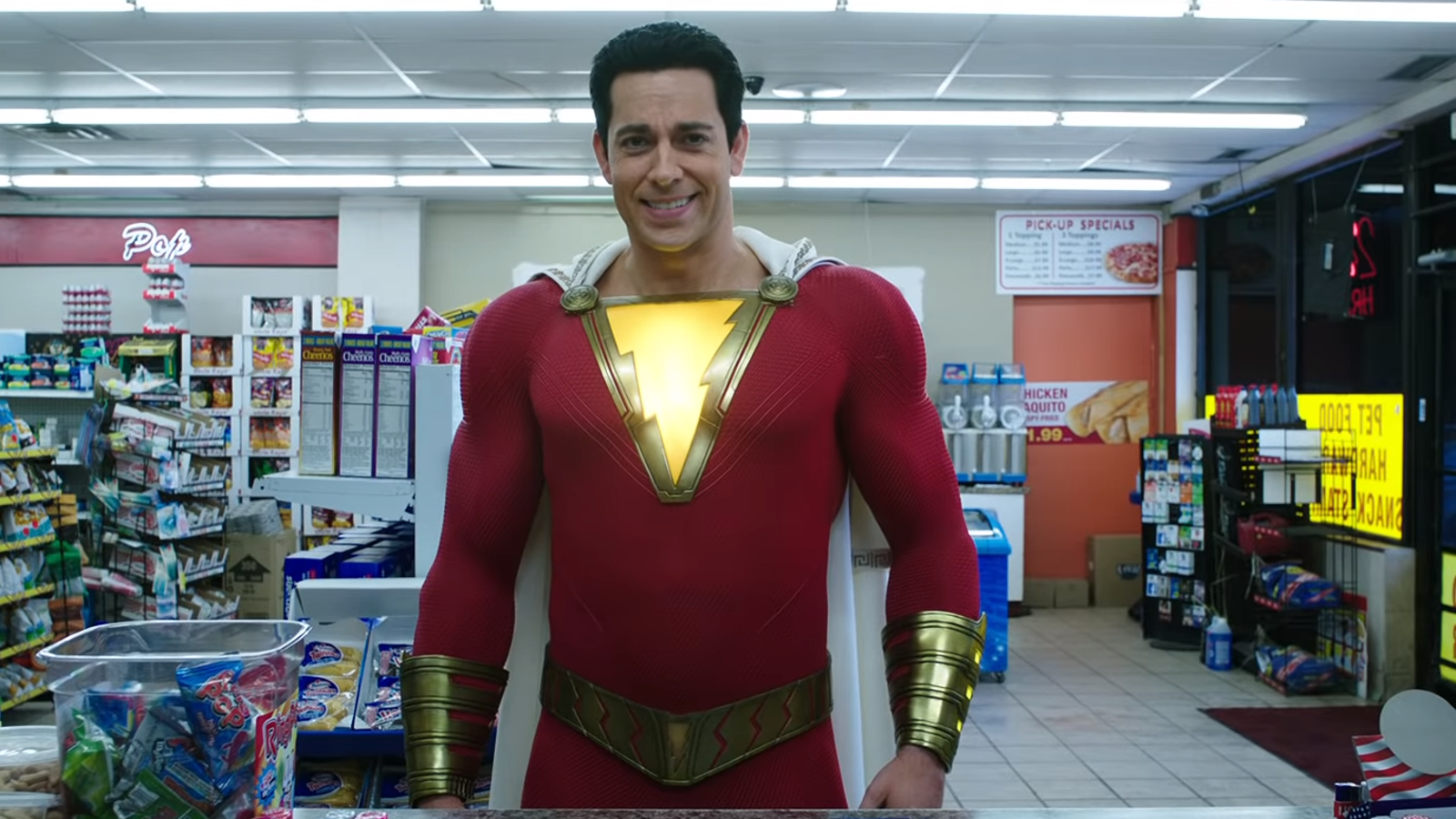You know how every commercial or promotion being run for this weekend’s large sporting event refers to it as “the big game” or some other equally vague euphemism? That’s because the NFL guards the use of the term “Super Bowl” jealously.
They’ve threatened to sue bars, restaurants and any other business that uses the name of the event and piggyback off of the nation’s biggest secular holiday that happens to be built around a football game.
With all of that out of the way the cheeky folks at Brownells will be running a big SUPER BARREL WEEKEND SWEEPSTAKES beginning at midnight tonight. You’ll be able to win a barrel full of Hornady 55-grain 5.56 M193 ammunition simply by clicking this link and entering (again, the contest doesn’t go live until 12:01am tonight (well, Saturday morning, actually). That’s 13,889 rounds of all-American fun that could be yours.
Here’s the Brownells press release which does not, in any way, mention the Super Bowl . . .
Brownells Super Barrel Weekend Sweepstakes — Win A Barrel O’ Hornady Ammo
GRINNELL, Iowa (February 1, 2019) – This weekend, professional football fans celebrate the biggest game of the year. Brownells, on the other hand, is giving liberty-loving Patriots something else to celebrate – the chance to win an enormous barrel full of 13,889 rounds 5.56mm NATO Hornady Frontier 55-grain M193 ammo.
Starting at 12:01 AM Saturday, February 2, and going through 11:59 PM Sunday, February 3, free-ammo seekers are encouraged to look to the Brownells Ram as their guide and sign up for a chance to win the barrel full of Hornady ammo at www.brownells.com/superbarrel.
One lucky winner will be drawn by random on Monday February 4, and will receive the big red barrel full of ‘Merica valued at $4,239.99.
Containing enough freedom seeds to fill approximately 462 standard-capacity 30-round AR-15 magazines, the barrel is perfect for starting a home-based ammo dump, serving as a unique coffee table, or triggering interesting conversations with all who cast their astonished gaze upon it.
To learn more or sign up to win the big red barrel of freedom and other amazing products, visit www.brownells.com.
About Brownells
Serious About Firearms Since 1939™, Brownells is the world’s leading source for guns, gun parts and accessories, ammunition, gunsmithing tools and survival gear. With a large selection of both common and hard-to-find items, and an extensive collection of videos, articles, and gun schematics, Brownells is the expert for everything shooting-related. Committed to maintaining our great traditions, Brownells has more, does more and knows more – and guarantees it all, Forever. For more information or to place an order, call 800-741-0015 or visit Brownells.com. Stay up-to-date with Brownells on YouTube, Facebook, Twitter and Instagram.
via The Truth About Guns
Brownells Giving Away a Barrel of Hornady 5.56 Ammo in Super Barrel Weekend Sweepstakes











